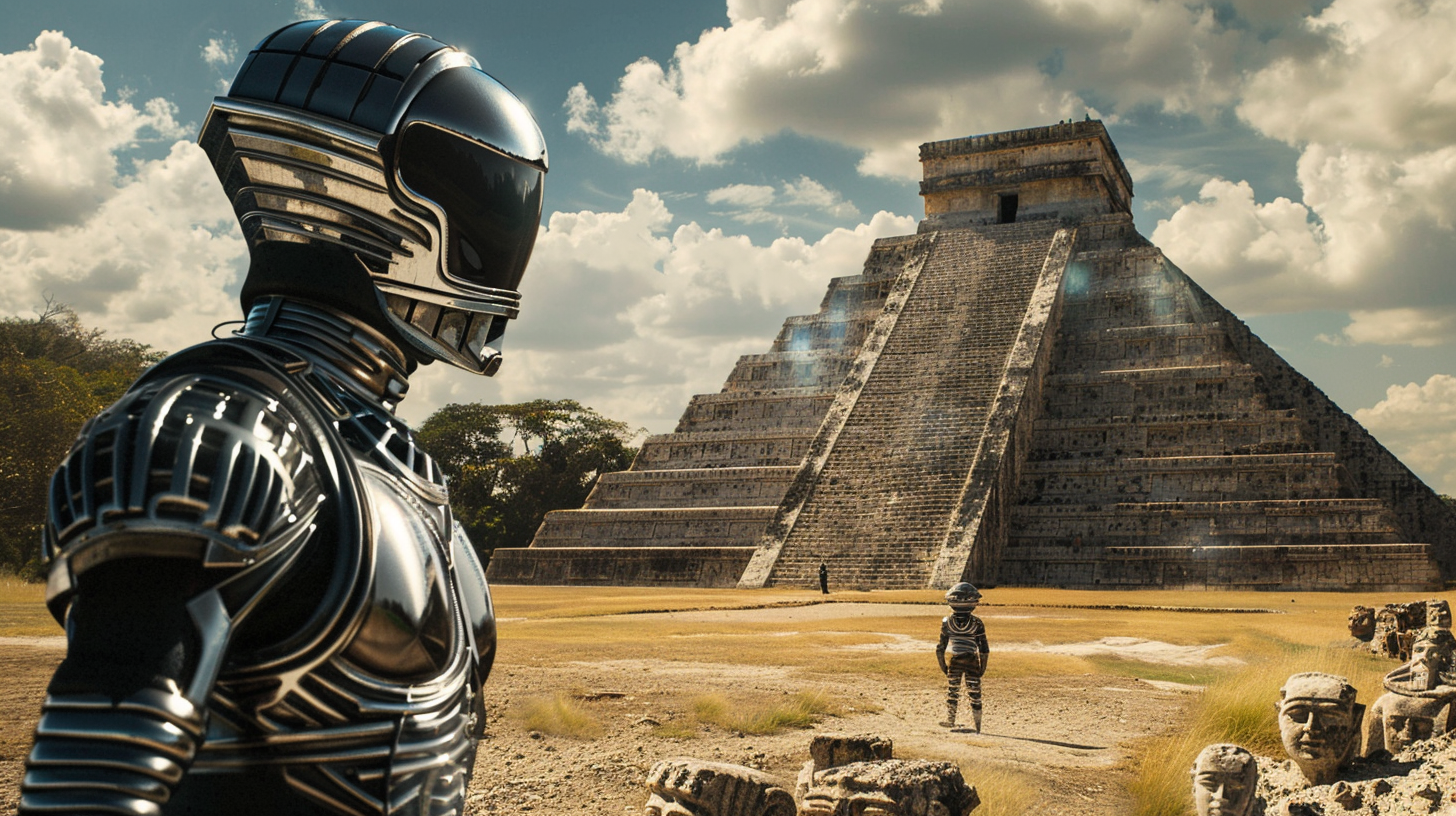Deep in the dense jungles of the Yucatan Peninsula lies the remnants of one of the most remarkable civilizations in human history. The ancient Maya, spanning from 2,000 BC to 900 AD, flourished across a vast expanse of territory, leaving behind a legacy of extraordinary achievements in astronomy, mathematics, writing, and architecture.
One of the most intriguing sites of Maya civilization is Copan, nestled amidst the lush greenery of Honduras. Once a bustling city center, Copan stood as a testament to the ingenuity and spiritual fervor of its inhabitants. Stretching over 10 square miles, it housed a population of around 20,000 people at its zenith.
However, the glory of Copan was not destined to last forever. In the mysterious exodus that unfolded in the 9th century, the city was abandoned, swallowed whole by the relentless march of jungle growth. Yet, amidst the ruins lie tantalizing clues to the Maya’s profound connection with the cosmos.

The stelae of Copan stand as silent sentinels, adorned with intricate carvings that depict the semi-divine rulers of this ancient realm. These larger-than-life figures, adorned with hieroglyphic inscriptions, offer a glimpse into the Maya’s reverence for the celestial realm. It is as if they sought to mirror the heavens upon the earth, embodying the age-old adage of “as above, so below.”
Recent expeditions to Copan have brought together experts from diverse fields, including archaeology and ancient astronaut theory. Scholars like David Sedat, who has dedicated over three decades to unraveling the secrets of this enigmatic site, collaborate with enthusiasts such as Giorgio Tsuokalos, who speculate on the cosmic origins of ancient civilizations.
As they stand amidst the towering monuments of Copan, a dialogue emerges between past and present, between tangible relics and speculative theories. The glyphs adorning the stelae speak of a sky deity, a figure whose significance transcends mere mortal bounds. Could these representations be evidence of encounters with beings from beyond our world?

The parallels drawn between the headdress of Copan’s rulers and those found in distant lands like Mesopotamia evoke a sense of interconnectedness that defies conventional understanding. Across continents and cultures, the motif of the sky god emerges, hinting at a shared heritage that spans the reaches of time and space.
In contemplating the technological prowess of our ancestors, we are reminded of Arthur C. Clarke’s poignant words: “Any sufficiently advanced technology is indistinguishable from magic.” Could it be that the marvels of ancient civilizations were, in fact, products of extraterrestrial influence? As Giorgio Tsuokalos muses, the notion of gods descending from the heavens may find its roots in encounters with beings possessing technology beyond our comprehension.
As we gaze upon the weathered stones of Copan, we are confronted with the limitations of our understanding. Yet, therein lies the allure of ancient mysteries, inviting us to embark on a journey of exploration and contemplation. For in the heart of the jungle, amidst the ruins of a once-mighty civilization, lie the echoes of a cosmic saga that transcends the bounds of time and space.

20 thoughts on “The Enigmatic Marvels: Tracing the Footsteps of an Ancient Civilization”
Comments are closed.